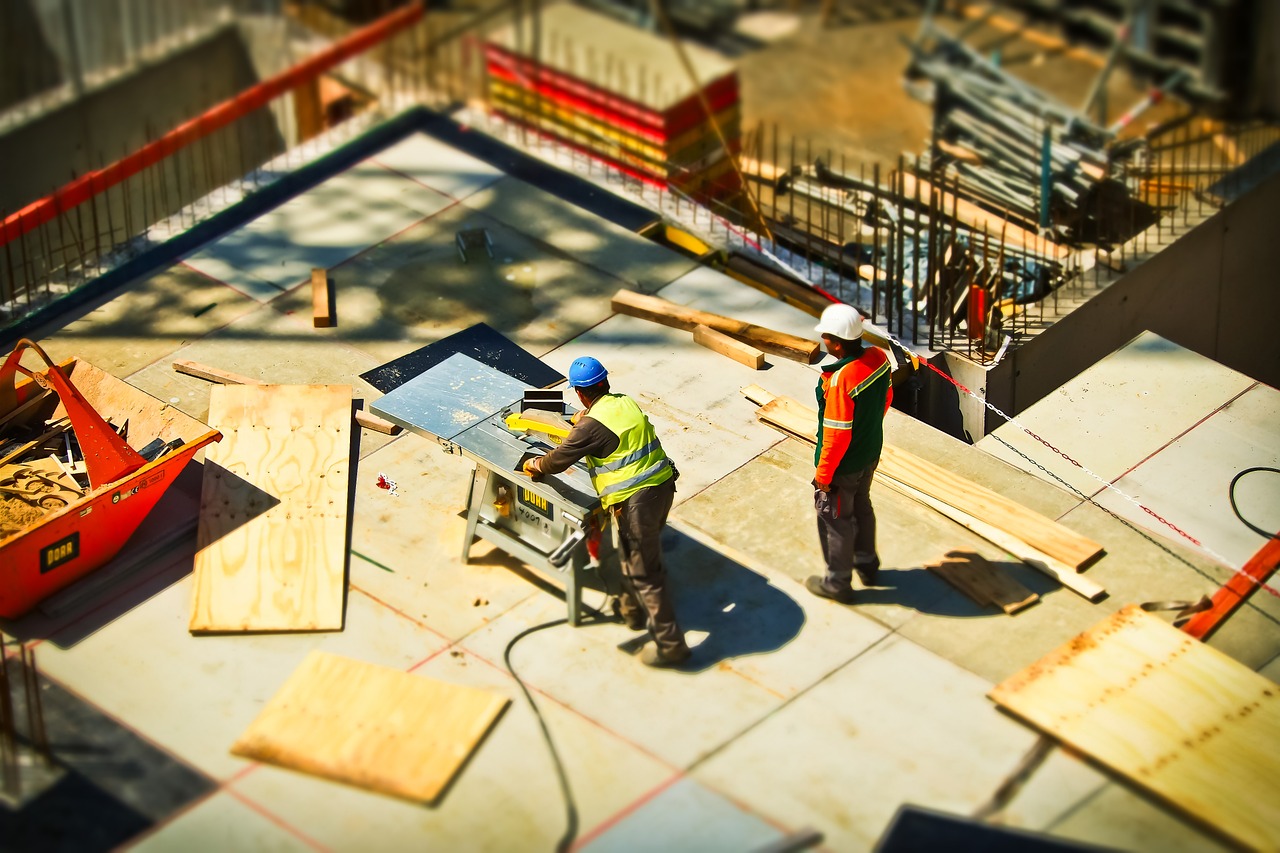The construction industry has a much higher death rate and injury rate than most other industries. That’s one reason why it generally pays well. That’s also why it results in a disproportionate number of worker’s comp injuries. Here are the top workplace hazards in the construction industry.
Vehicle Accidents
More than 800 construction workers die every year. OSHA says that around 150 of these accidents are due to people being struck by vehicles and heavy equipment. Source Road construction sites are the deadliest, accounting for around 120 of these deaths each year. Source
Construction injuries can include conventional accidents, such as when someone is driving a pickup truck full of tools to site and gets into a car crash. Or it may take a form you’d only find in the construction industry, such as when a cement truck backing up hits a forklift. People have to be careful of diggers, excavators, forklifts, cranes, trucks and a number of other machines. Unfortunately, their drivers aren’t always looking out for de facto pedestrians.
Slips, Trips and Falls
Slips, trips and falls account for a third of all workplace injuries. Roughly 15% of workplace injuries are falls on the same level. This category includes people falling on the stairs or falling over something. Source The greater danger is when you fall from one level to another, such as when you fall from a roof or over a railing. Falls from a great height are one of the top workplace killers, and OSHA says they are the leading killer in construction. Source
How much you can get from workers compensation in these cases? It depends on the severity of the injury.
Contact with Electricity
Anyone on a construction site could come into contact with electricity. It could happen when they step on an exposed power conduit or touch an energized control panel. This is separate from arc flash or explosions that can happen around welding equipment or explosive chemicals ignited by a spark. And 8% of these contacts are fatal. Source
You can reduce the risk by following proper lock-out-tag-out procedures, turning things off when not in use, and never allowing someone who isn’t a qualified electrician to be near energized panels. Hazard communications is second best, but if it is all you have, ensure that people know what to stay away from.
Being Hit by Falling Objects
Construction workers are always at risk of being hit by falling objects. One study found that 10% of workplace injuries are due to people being hit by objects or equipment. Source
That’s why hard hats should be mandatory for anyone stepping on the construction site. Furthermore, the hard hats need to have a certain degree of impact absorption and be elevated above the head. Then the person’s head is protected when a falling tool punctures the helmet, even if they’re not knocked out by impact.
You can ask people to secure your tools in tool boxes and then tie the tool box to something so it won’t fall. You can have tools turned in at the end of the shift, too, so that they won’t get left on a roof until they slide off and hit someone. This has the side benefit of reducing the risk of someone slipping on a tool on the roof and falling down.
Repetitive Stress Injuries
If you’re swinging a hammer all day, you’re at risk of a repetitive stress injury as well as strains and sprains. Businesses can reduce the risk for their workforce by investing in pneumatic tools instead of relying on manual labor. While repetitive stress injuries are never fatal, they can be debilitating. Studies suggest more than a million people are diagnosed with repetitive stress injuries like carpal tunnel syndrome every year, and around 600,000 must take time off from work to recover. Source







